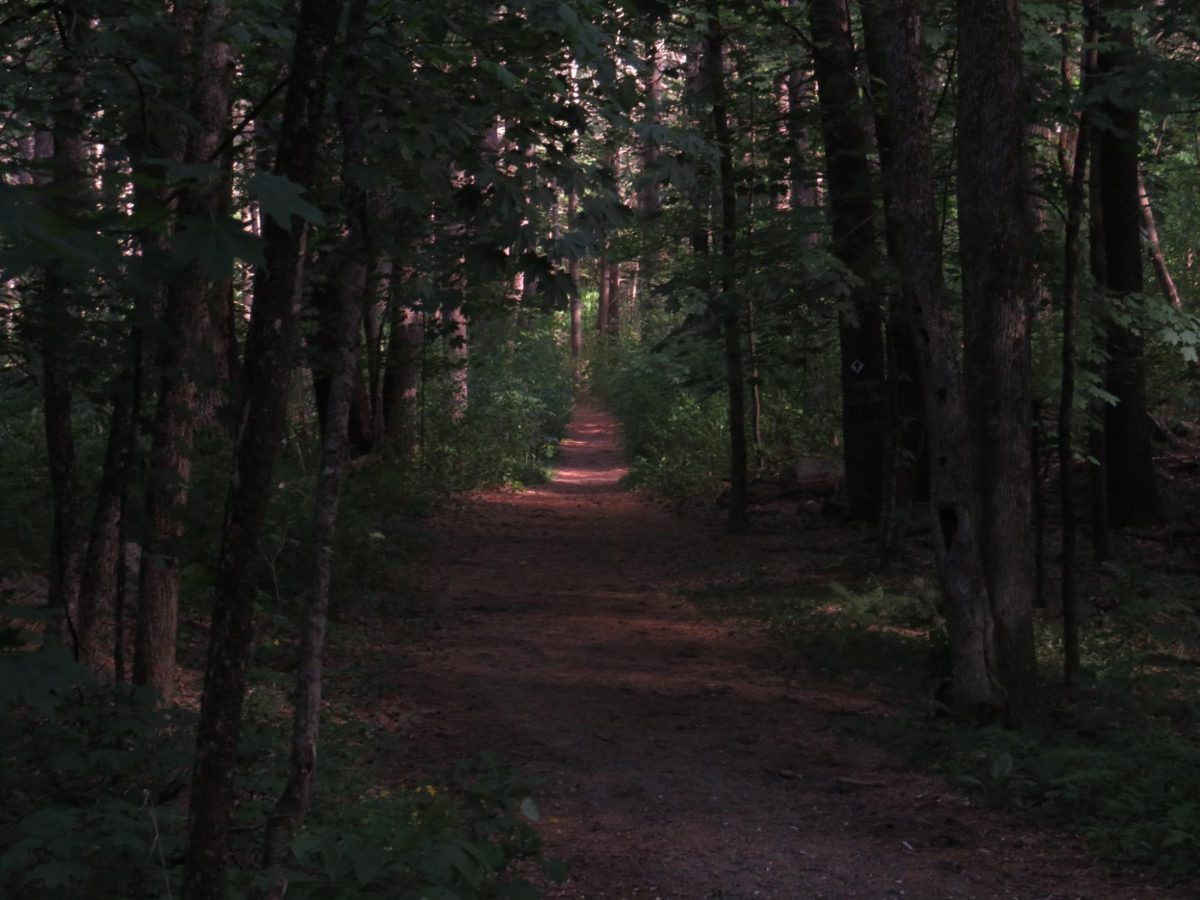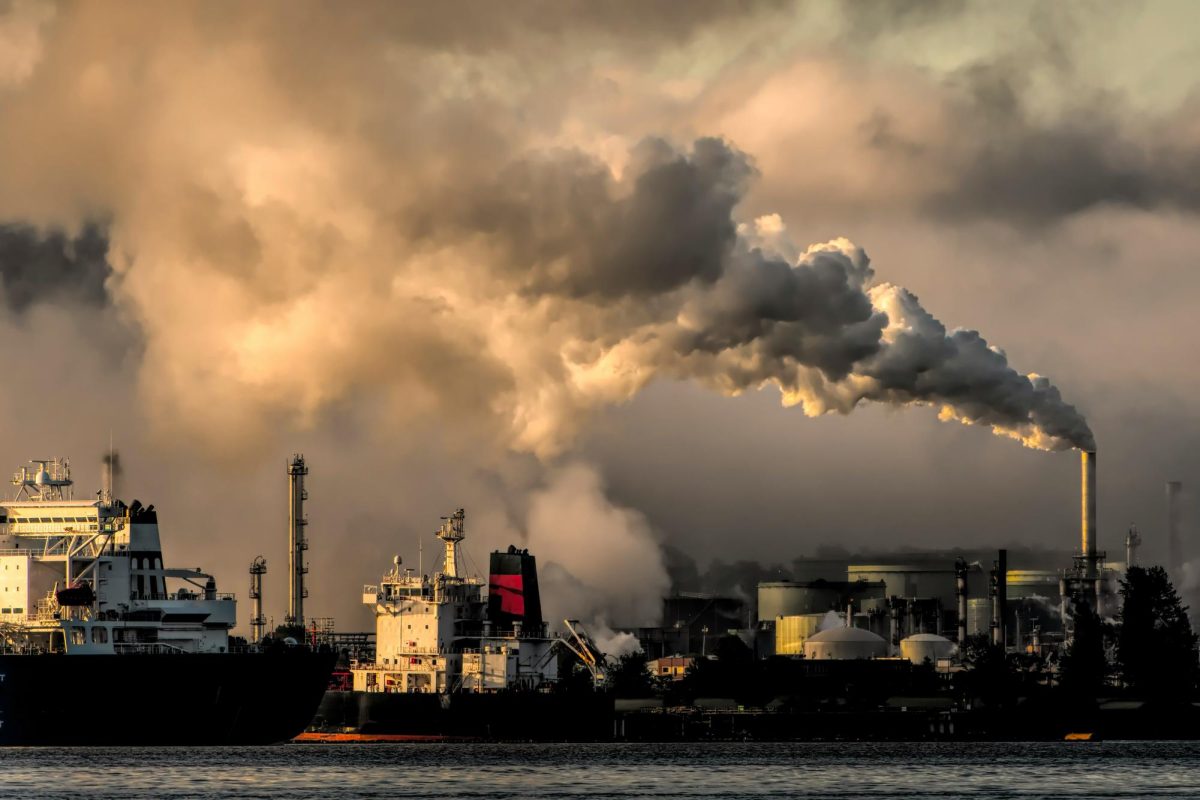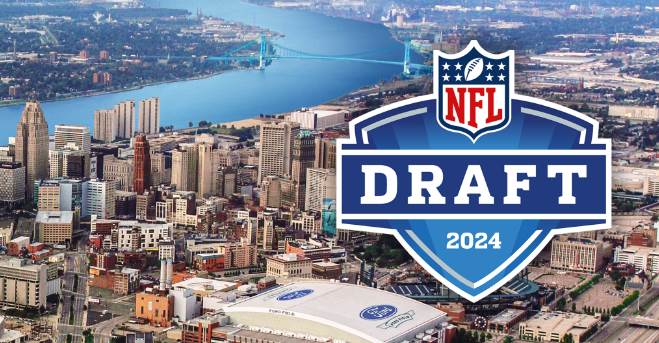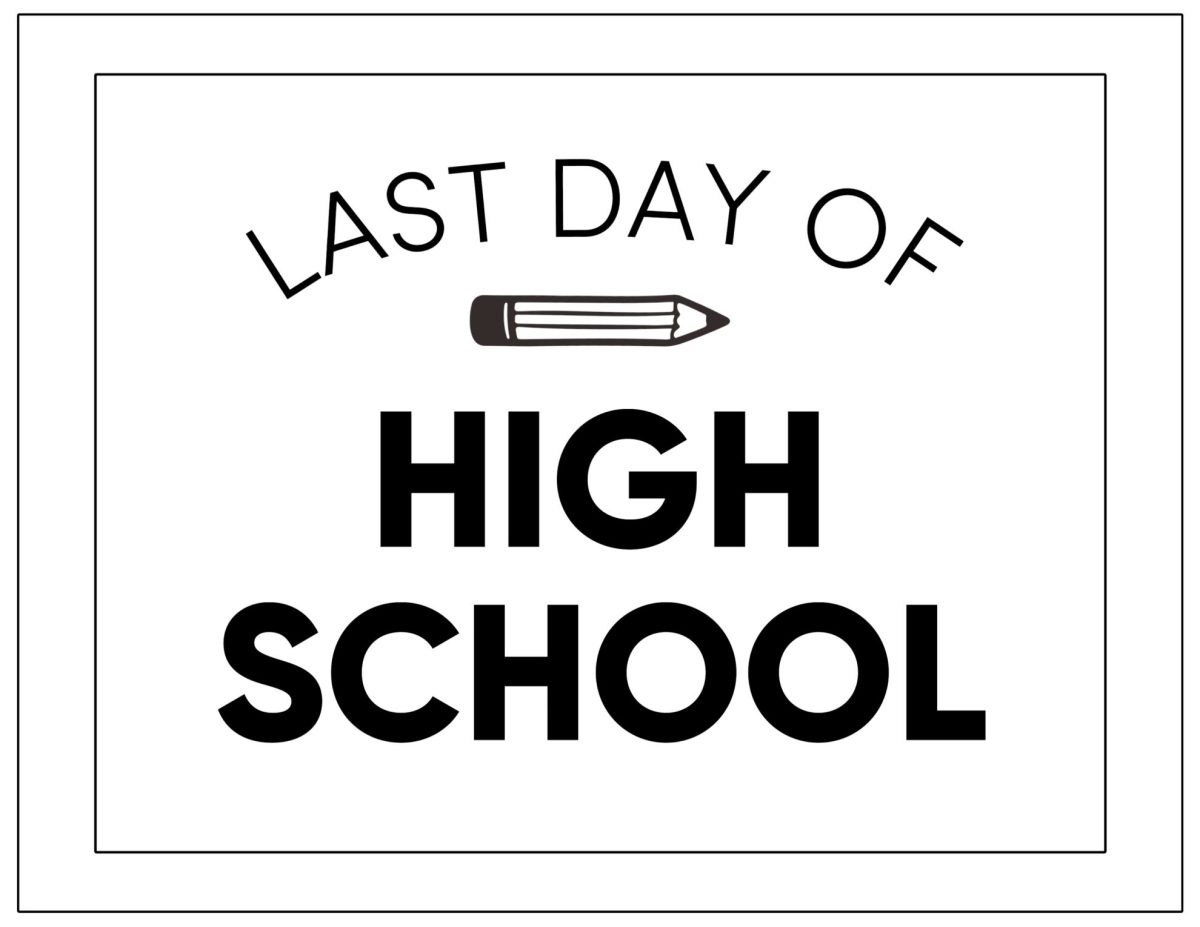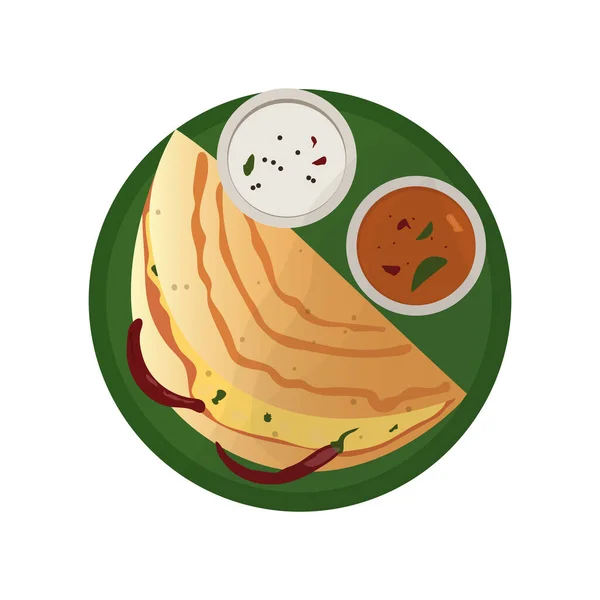by David Ferguson
Nearly three million pieces of paper. Nearly a hundred thousand trays. Hudson High School has made strides to go green in the last few years – more assignments are electronic and recycling bins have been placed in every classroom – yet more can be done.
In a typical day, the Copy Center goes through between three and four boxes of paper, each containing five-thousand sheets of paper. That is anywhere between fifteen-thousand (15,000) and twenty thousand (20,000) sheets of paper used daily. If you take fifteen thousand (15,000) and multiply it by one-hundred and eighty, for each day in the year, that adds up to 2.7 million pieces of paper used each year (and that’s the low estimate). That is 2.7 million pieces of paper used by just one school in one district in one country.
According to a 2003 report filed by the University of California at Berkeley, a tree can produce about eighty-five thousand (85,000) sheets of paper. That means Hudson High School alone uses paper from thirty-two trees. Which does not seem like a lot at face value, but again that is thirty-two trees used by just one school in one district in one country.
It is also important to note the source of Hudson’s paper. Currently, all the paper used in the Copy Center is non-recycled and comes from Brazil, most likely the Amazon Rainforest, the most diverse and species rich habitat on Earth. According to research published in the journal Science, on-average the Amazon is losing 15,500 sq km (6,000 square miles) of forest each year due to selective logging. Hudson has contributed to that destruction. Although it is slightly more expensive, recycled paper offers an environmentally friendlier source of paper.
The Copy Center has made strides to improve the recycling here at Hudson High. All the excess paper from the copy center – the printout cover sheets, bad print jobs, and other miscellaneous paper that comes through the Copy Center – that can be reused, is reused. The paper is turned into notepads or reused for printing.
Furthermore, Hudson is wasteful in the cafeteria. Currently, we are serving lunch on styrofoam trays. On an average day, the cafeteria sells about five-hundred lunch meals a day, each one requiring a tray. That amounts to roughly 90,000 trays a year. It is time to go styrofoam-free. Tight education budgets and the high prices of environmentally-friendly alternatives – such as uncoated paper or cardboard lunch trays which are compostable or plastic, durable trays that can be washed – often make it difficult for change to happen. Additionally, thousands of plastic forks, knives, spoons, and milk cartons find their way to the trash each year; filling landfills,instead of being reused.
Change needs to happen. It is not practical to think that financially Hudson can switch to compostable trays overnight, but if in the coming years the town set aside reserves of money each year, then maybe in five- or ten-years we will be able to make the switch. It is time to start planning for a greener future.
We can reduce our environmental impact. For starters, a program could be started for HHS students to plant a tree for every tree’s worth of paper used in the school. This would amount to only about forty trees planted in and around Hudson every year. Additional recycling buckets could be posted in the cafeteria for students to recycle their napkins and other paper materials. We could invest in compostable lunch trays or reusable trays and utensils. We could make an effort to increase the use of electronic lessons and assignments, reducing our use of paper handouts. It is our future to change.

